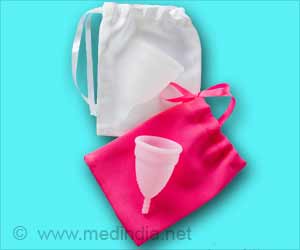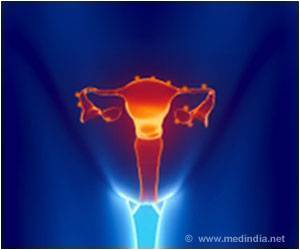A new study found physical activity for premenopausal women is very effective in reducing sclerostin—a known inhibitor of bone formation and physical training also improves bone health.

"Physical activity is good for bone health and results in lowering sclerostin, a known inhibitor of bone formation and enhancing IGF-1 levels, a positive effector on bone health" said Mohammed-Salleh M. Ardawi, PhD, FRCPath, professor at the Center of Excellence for Osteoporosis Research and Faculty of Medicine at King Abdulaziz University in Saudi Arabia and lead researcher for this study. "We also found physical activity training that enhances mechanical loading in combination with anabolic therapeutic agents will have added positive effect on bone health, particularly bone formation."
A total of 1,235 randomly selected premenopausal women were involved in this cross-sectional study. Researchers followed up 58 of these women during an eight-week course of physical activity training and compared them with 62 controls. All women were medically examined and measurements were taken for bone mineral density, bone turnover markers and serum sclerostin and IGF-1.
At the conclusion of the study, it was discovered that those women who had more than two hours of physical activity per week had significantly lower levels of serum sclerostin, but had higher IGF-1 levels than those women who had less than two hours of physical activity per week.
"Physical activity training is conceptually simple, inexpensive, and can serve practical purposes including reducing the risk of low bone mass, osteoporosis, and consequently fractures," said Ardawi. "Our study found that even minor changes in physical activity were associated with clear effects on serum levels of sclerostin, IGF-1 and bone turnover markers."
Source-Eurekalert















